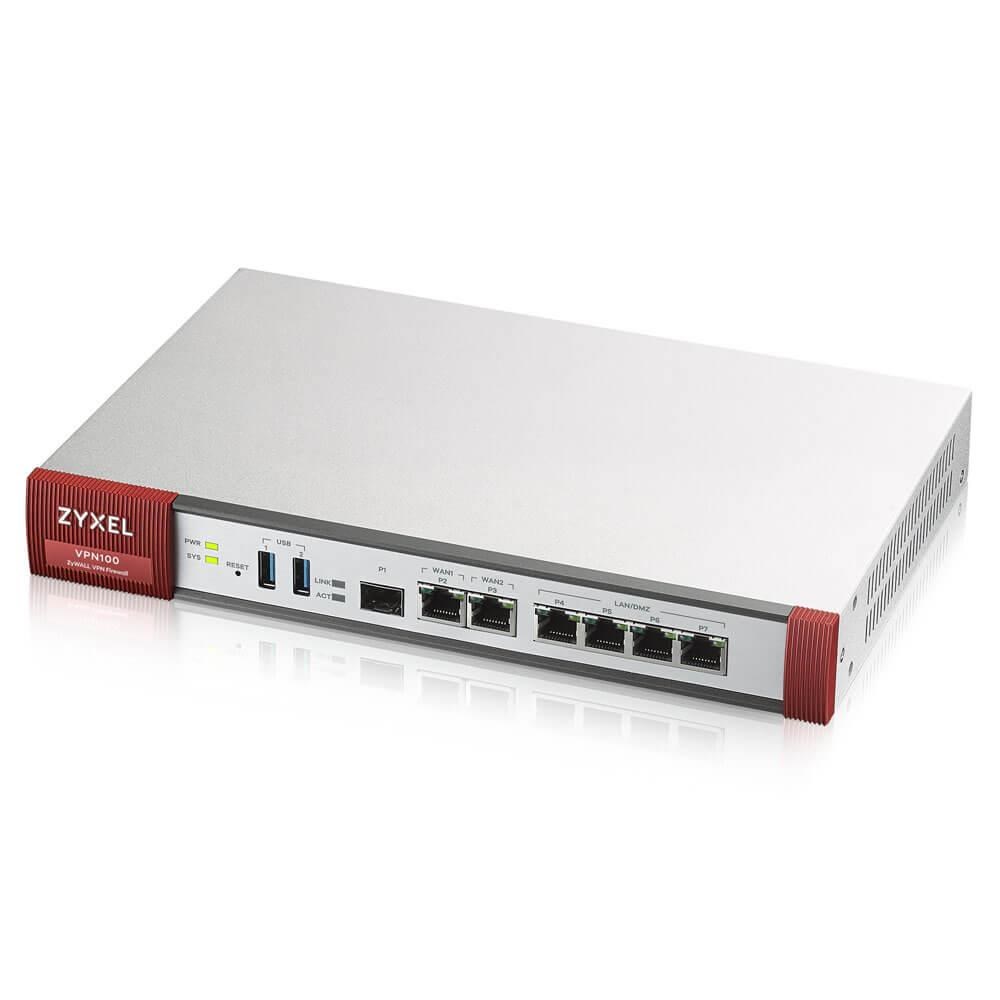Docker Kubernetes Explained

In the realm of modern software development and deployment, two names have become synonymous with efficiency, scalability, and manageability: Docker and Kubernetes. These technologies have revolutionized the way applications are packaged, shipped, and run, making them indispensable tools for developers, DevOps teams, and organizations alike. But what exactly are Docker and Kubernetes, and how do they work together to streamline the application development and deployment process?
Introduction to Docker
Docker is a containerization platform that allows developers to package, ship, and run applications in containers. Containers are lightweight and portable, providing a consistent and reliable way to deploy applications across different environments, such as from a developer’s laptop to a test or production environment. Unlike virtual machines, containers share the same kernel as the host operating system and do not require a separate operating system instance for each container. This makes containers much lighter in terms of resources, allowing for greater efficiency and density on the host machine.
Docker’s core features include:
- Images: Templates that contain the code, libraries, and dependencies required for an application to run.
- Containers: Runtime instances of Docker images, which are isolated from each other and the host system, providing a secure and reliable way to execute applications.
- Volumes: Mechanisms for persisting data generated by containers.
- Networking: Capabilities for configuring and managing communication between containers.
Introduction to Kubernetes
Kubernetes (also known as K8s) is an orchestration system for automating the deployment, scaling, and management of containerized applications. It was originally designed by Google and is now maintained by the Cloud Native Computing Foundation (CNCF). Kubernetes provides a powerful, flexible, and extensible way to manage containerized workloads and services, making it easier to deploy, scale, and manage applications in various environments, from on-premises data centers to public clouds.
Key features of Kubernetes include:
- Pods: The basic execution unit in Kubernetes, consisting of one or more containers that are tightly coupled and share resources.
- Deployments: Manage rollouts and rollbacks of pods and replica sets, ensuring that the desired state of the application is maintained.
- Services: Provide a network identity and load balancing for accessing applications running in pods.
- Persistent Volumes (PVs) and StatefulSets: Mechanisms for managing stateful data in pods.
Docker and Kubernetes Integration
While Docker and Kubernetes are separate technologies, they complement each other perfectly. Docker containers provide a portable way to package applications, and Kubernetes offers a robust platform for deploying and managing these containers at scale. By integrating Docker with Kubernetes, developers can automate the deployment, scaling, and operation of containerized applications, ensuring consistent, reliable, and efficient execution of their workloads.
Here’s a high-level overview of how Docker and Kubernetes work together:
- Containerization with Docker: Developers create Docker images of their applications, which include all the necessary dependencies.
- Pushing Images to a Registry: These images are pushed to a Docker Registry (like Docker Hub) for storage and retrieval.
- Kubernetes Deployment: A Kubernetes deployment configuration (in YAML or JSON) references the Docker image and specifies how the application should be deployed.
- Orchestration by Kubernetes: Kubernetes orchestrates the deployment, based on the configuration, by pulling the Docker image, creating pods, and managing the lifecycle of the application.
- Scaling and Management: As the application runs, Kubernetes continuously monitors its state, scales it as needed, and manages rollouts and rollbacks, all while maintaining the desired state of the application.
Benefits of Using Docker and Kubernetes
- Portability and Consistency: Docker ensures that applications run consistently across different environments, and Kubernetes manages these applications in a scalable and automatable way.
- Efficiency: Containers are much lighter than virtual machines, making them highly efficient in terms of resource usage.
- Agility: Developers can quickly iterate on applications, and the integration with CI/CD pipelines enables fast and reliable deployment of changes.
- Scalability: Kubernetes automatically scales applications based on demand, ensuring high availability and responsiveness.
- Resilience: With features like self-healing, rolling updates, and resource management, Kubernetes ensures applications remain operational even in the face of failures or unexpected spikes in demand.
Practical Applications and Future Directions
The combination of Docker and Kubernetes is being used in a wide range of real-world applications and industries, from web and mobile applications, big data and analytics, to machine learning and IoT. As these technologies continue to evolve, we can expect even more powerful features and capabilities that further simplify the development, deployment, and management of containerized applications.
For instance, advancements in areas such as serverless computing, service mesh technologies (like Istio), and the integration of artificial intelligence (AI) and machine learning (ML) into the deployment and operation of containerized applications are expected to further enhance the landscape of modern software development and deployment.
Conclusion
Docker and Kubernetes represent the forefront of modern application development and deployment, offering unprecedented levels of efficiency, scalability, and manageability. By understanding how these technologies work together, developers and organizations can unlock new levels of productivity and innovation, streamlining the path from code to production and achieving greater reliability, speed, and agility in the deployment of their applications. As the digital landscape continues to evolve, the importance of mastering Docker and Kubernetes will only continue to grow, making them essential tools for any serious player in the world of software development and deployment.
FAQ Section
What are the primary advantages of using Docker for containerization?
+The primary advantages include portability, efficiency, and consistency across different environments. Docker containers are also lightweight, improving resource utilization compared to virtual machines.
How does Kubernetes enhance the deployment and management of containerized applications?
+Kubernetes provides automated deployment, scaling, and management of containerized applications. It ensures high availability, handles rollouts and rollbacks, and offers self-healing capabilities, among other benefits.
Can Docker and Kubernetes be used together for optimal results?
+Yes, Docker and Kubernetes complement each other perfectly. Docker provides a portable way to package applications, and Kubernetes offers a robust platform for deploying and managing these containers at scale.


